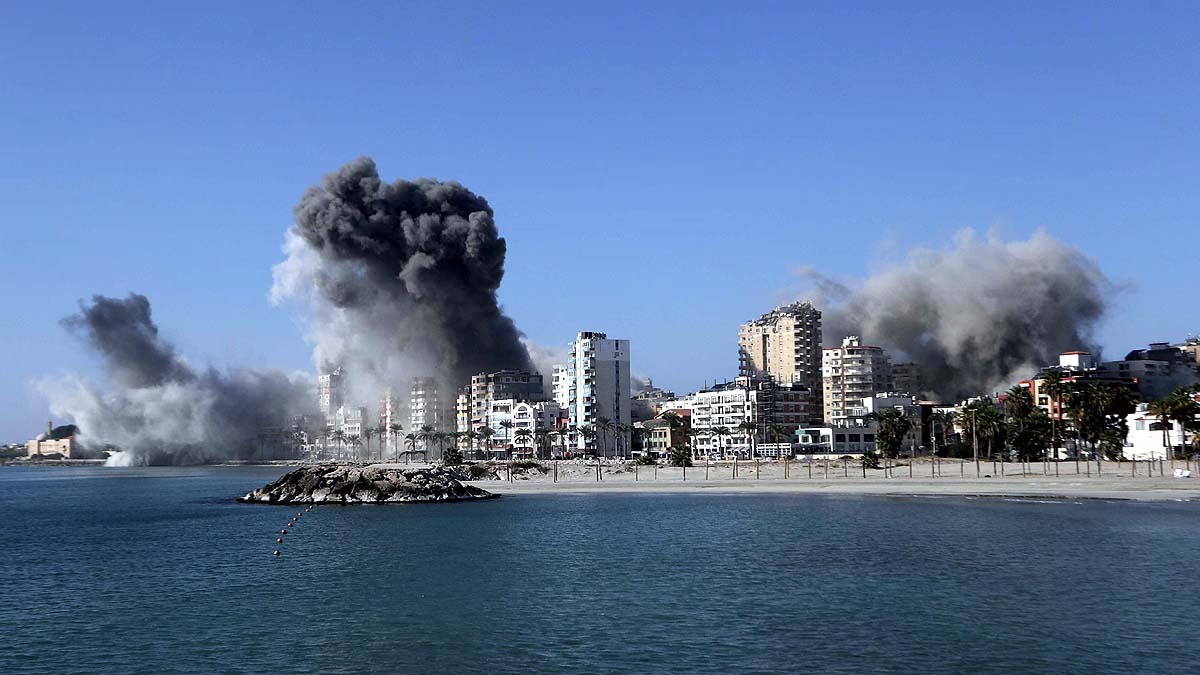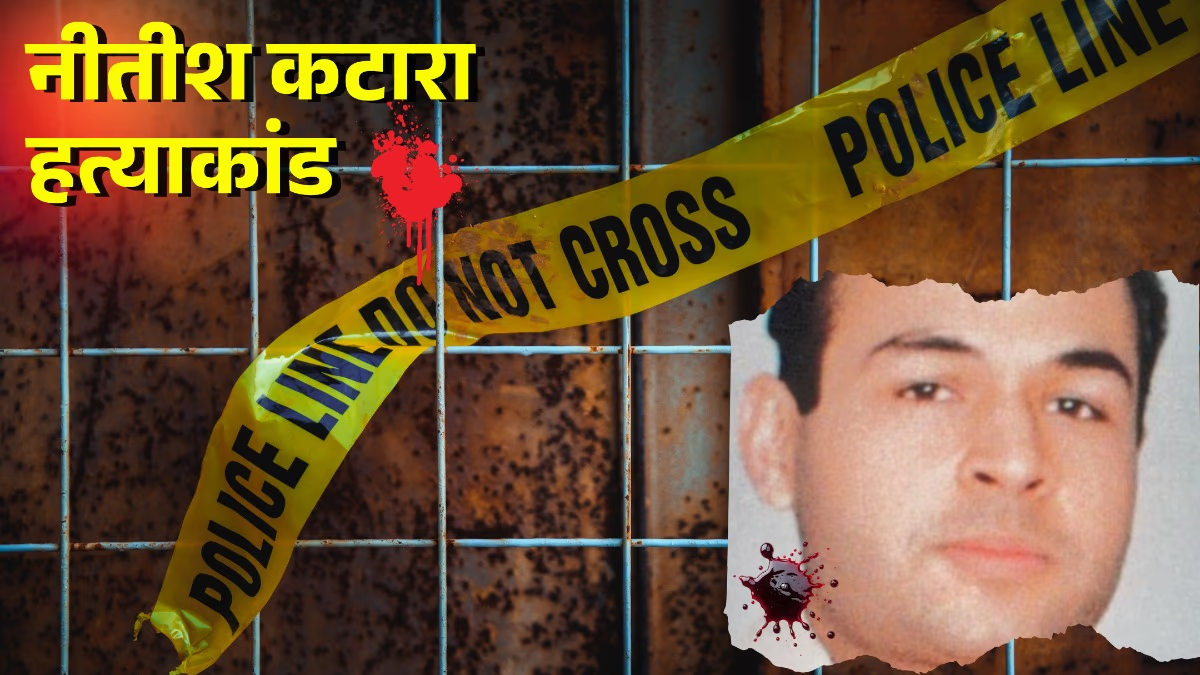On October 26, 2024, Israel strategically bombed Iran's air defense facilities, missile and air bases, oil, and gas refineries. Three weeks prior, Tehran had unleashed over 180 ballistic missiles targeting various sites within Israel. But which suffered greater damage?
Read More: Israel on high alert post-airstrikes... Looming threat of a significant Iranian counterattack
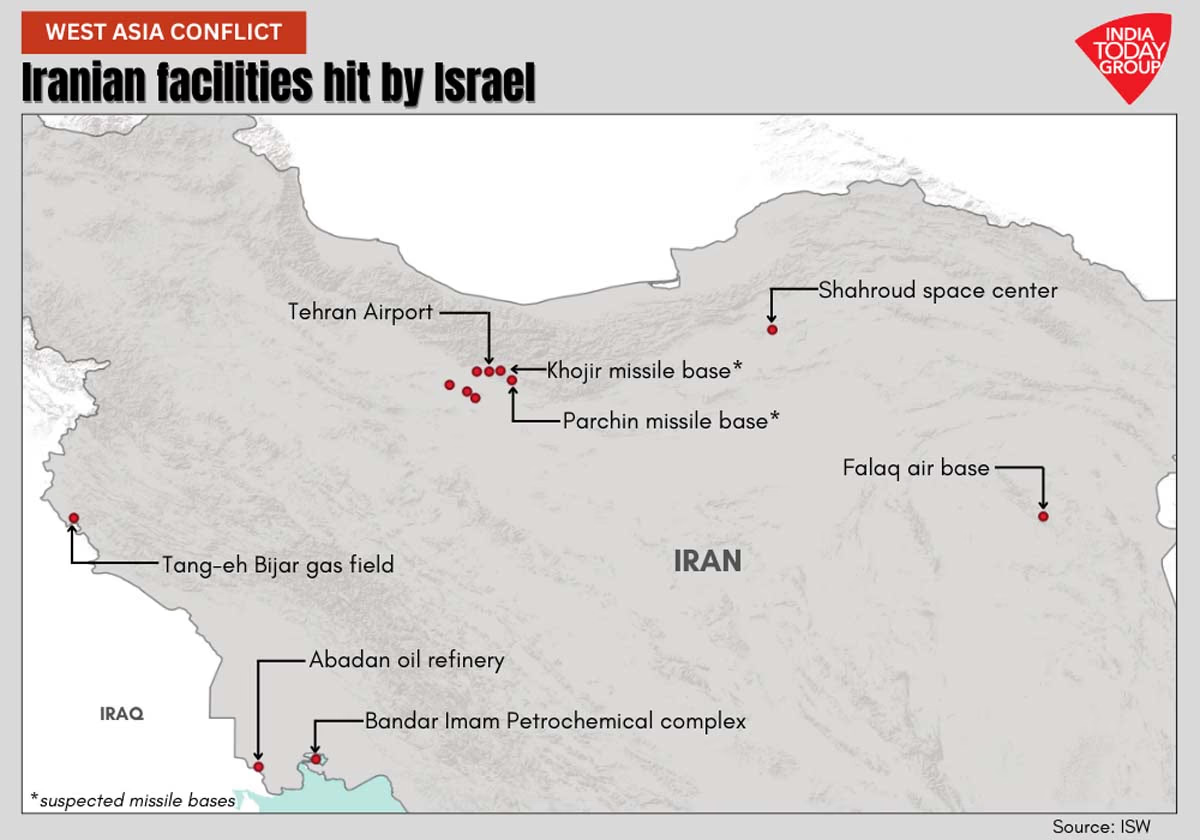
Source: aajtak
Estimating the extent of damage from the assaults between the two countries remains challenging at present. Yet, satellite images, Western media reports, and think tank analyses suggest stark contrasts. According to the Institute for the Study of War, Israel's attack impaired at least 12 Iranian facilities utilizing bombs and missiles.
Read More: Aerial power display: 100 aircraft and missiles in action 2,000 KM away... Detailing Israel's strategic operations in Iran
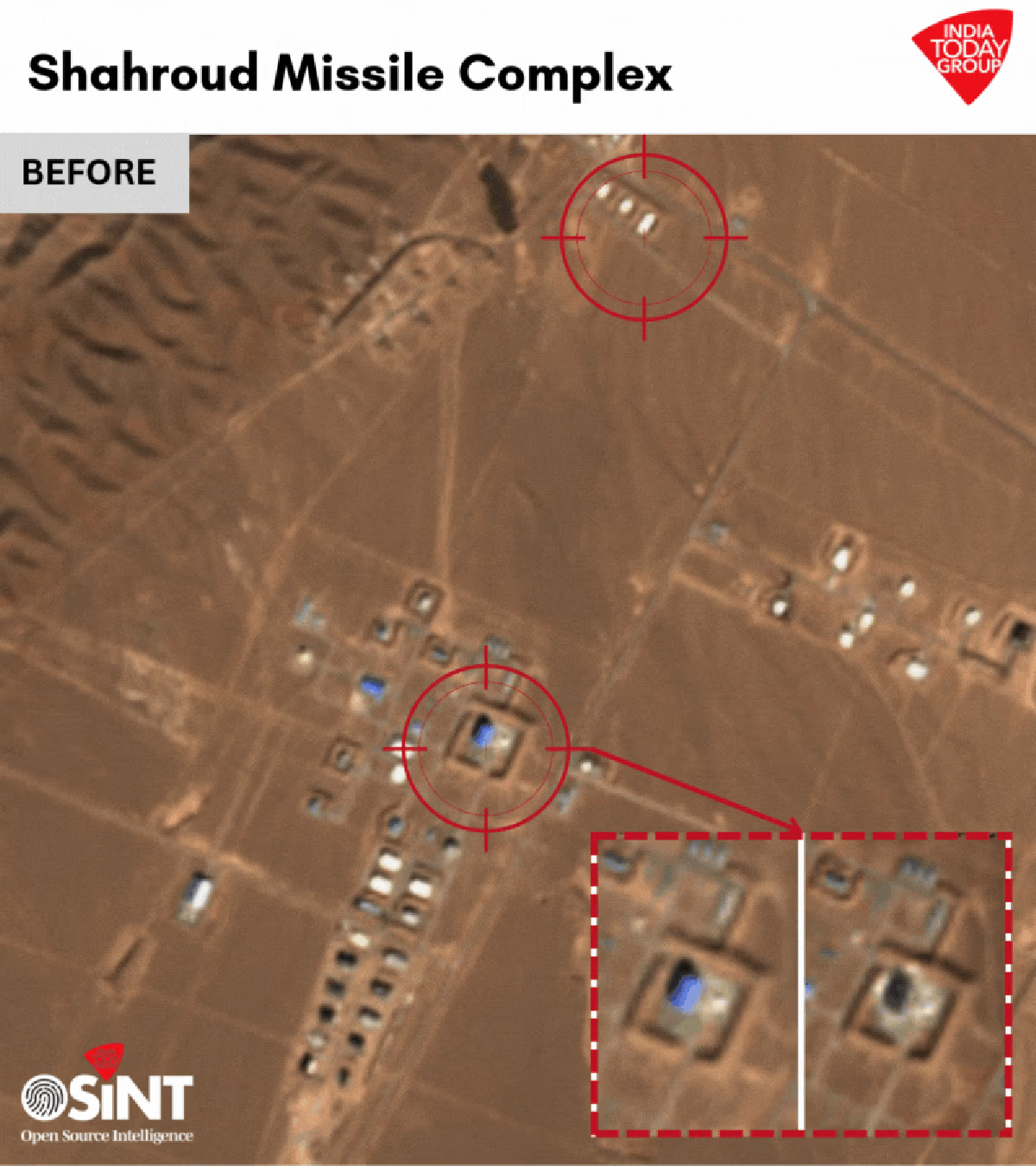
Source: aajtak
Israel's targets included locations like Falg, Shaid Ghadeeri, Abdul Fatah, and Khojir rocket motor casting facilities. Moreover, military bases near Tehran, such as Parchin, Parand, and missile testing facilities in Shahroud were addressed. Israeli fighter jets even targeted a facility near Imam Khomaini International Airport and hit oil facilities at Bandar Imam Petrochemical Complex in Abadan and Tang-e-Bijar.
Read More: Potential formation of 'Muslim NATO' by over 20 countries, including Pakistan: Implications for India?
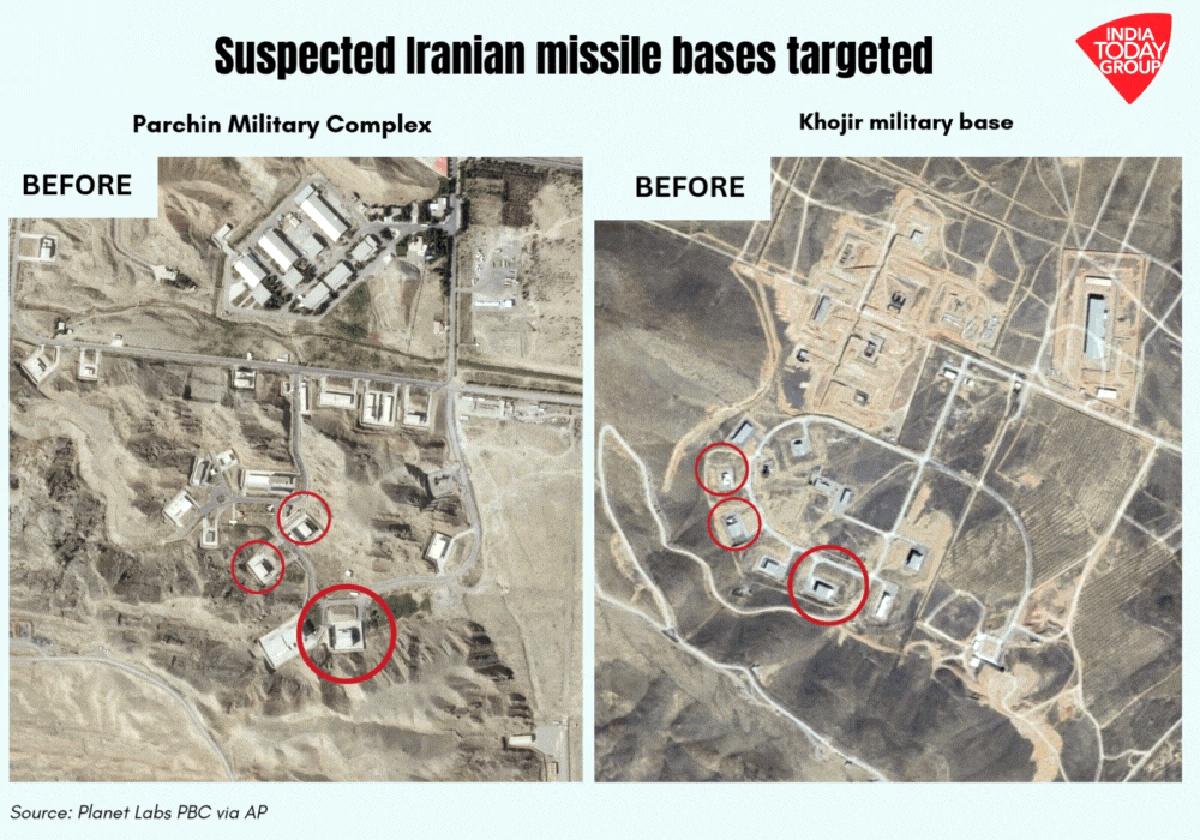
Source: aajtak
Initially, Iranian media downplayed the destruction resulting from the Israeli assault. Even Iran’s Supreme Leader Ayatollah Ali Khamenei underestimated the attacks. Nevertheless, satellite imagery irrefutably demonstrated Israel's ability for deep penetration and precise targeting within Iran.
Analysis: Which Side's Attack Was More Potent?
On October 1, Iran launched over 180 ballistic missiles targeting various locations in Israel. The motive was to avenge the demise of a Hezbollah leader in Lebanon. Israel claimed to have intercepted the majority of these missiles, with some neutralized by its allies' air defense systems.
Read More: Arms cache linked to planned attack discovered in every house of Lebanese village post-October 7 events
The surviving missiles impacted open fields, civil zones, and business areas, with damage to an air force base. One missile reportedly landed near Mossad headquarters. In retaliation, Israel executed strikes on multiple Iranian sites with over 100 advanced fighter jets.
Notably, Israeli female pilots maneuvered some refueling and surveillance aircraft. The operation unfolded in multiple stages, lasting around three hours. Yet, no Israeli jet was downed or damaged. Iran confirmed four deaths in the Israeli attacks. One individual was killed in West Bank from an Iranian missile strike.
What Lies Ahead?
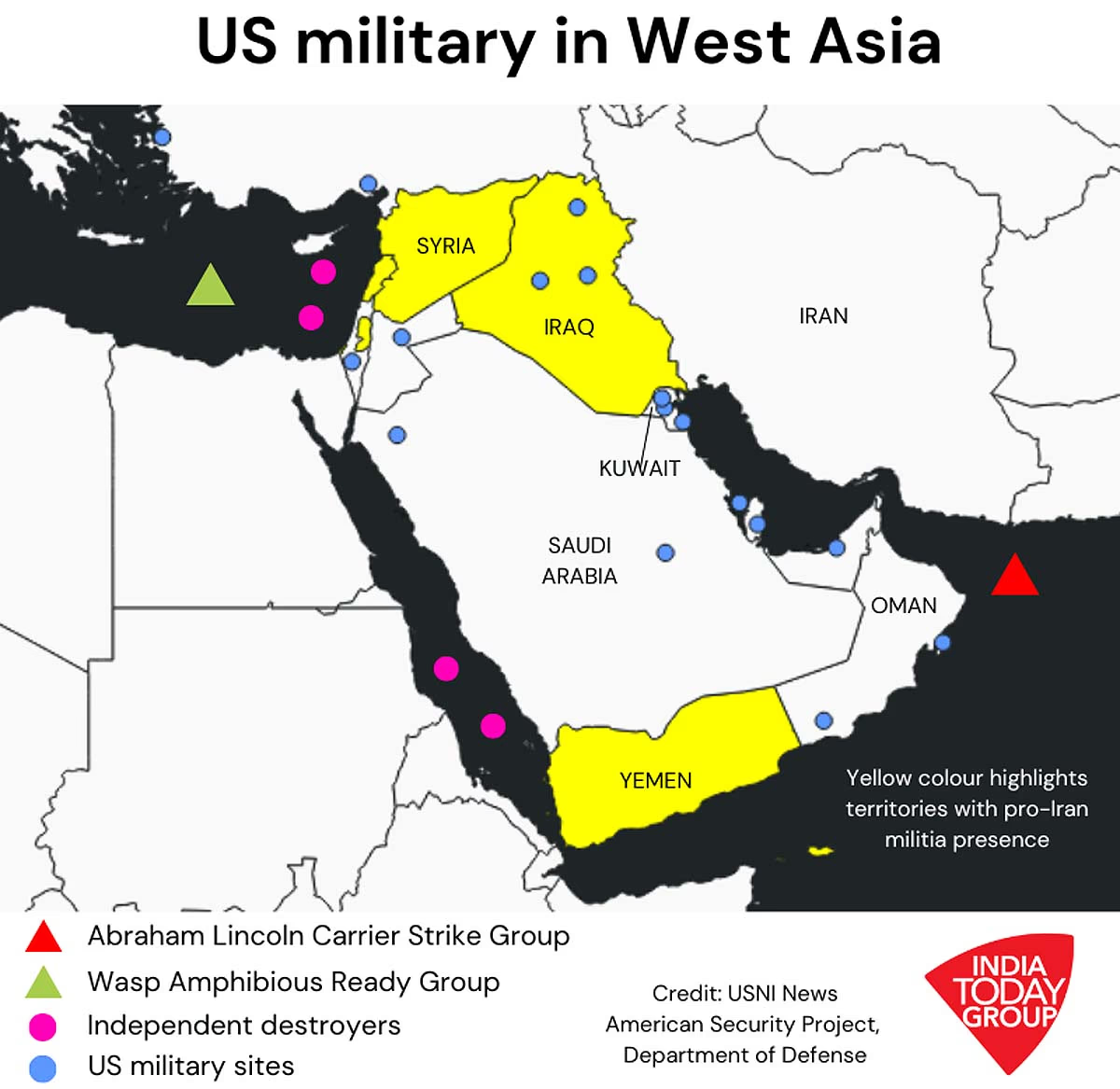
Source: aajtak
Iranian leaders asserted their intent to counter the Israeli airstrike decisively. A future offensive could entail an expansive missile launch by Iran to consolidate support from allies like Hamas and Hezbollah.
Alternatively, Iran might refrain from direct attacks due to potential reciprocal strikes by Israel that could inflict severe damage. Predicting the next course of action from either side remains intricate for now.
